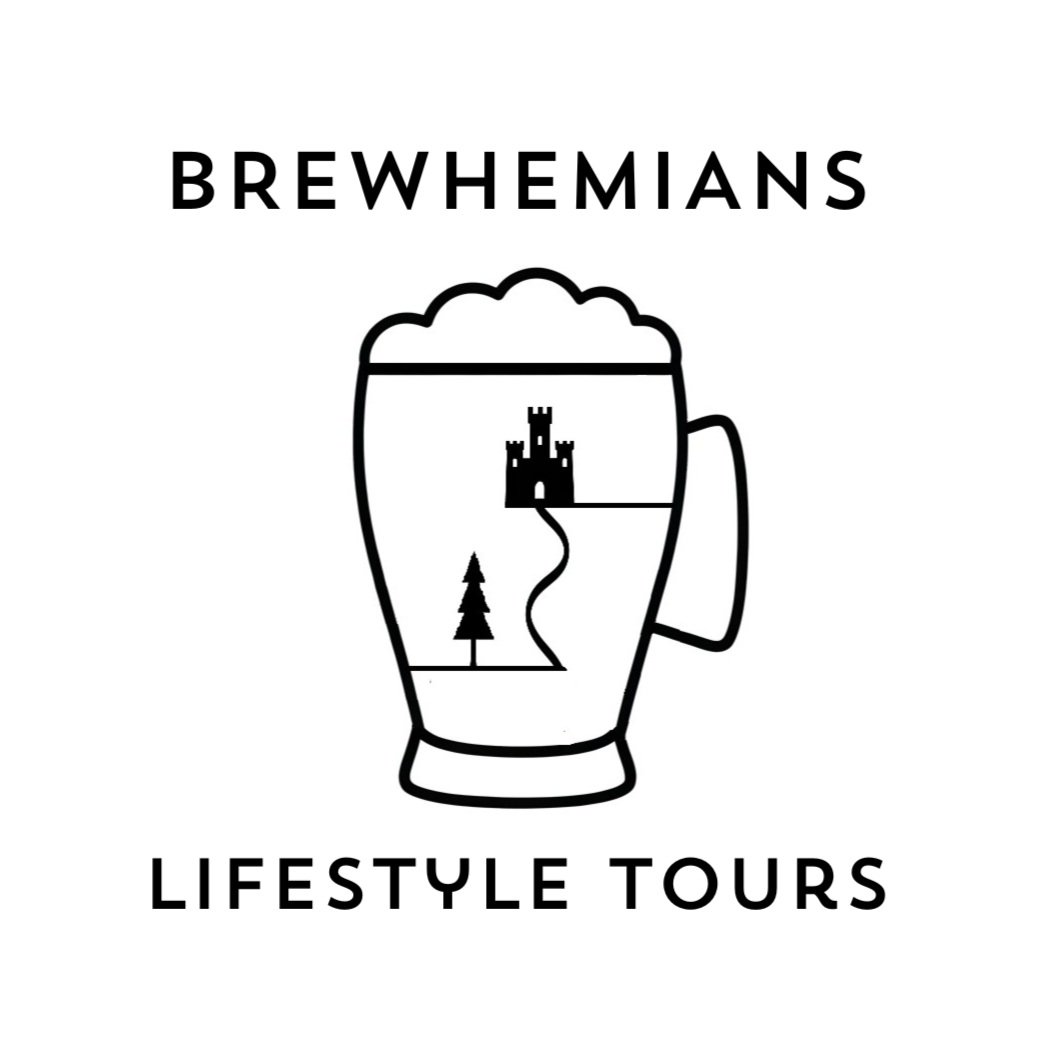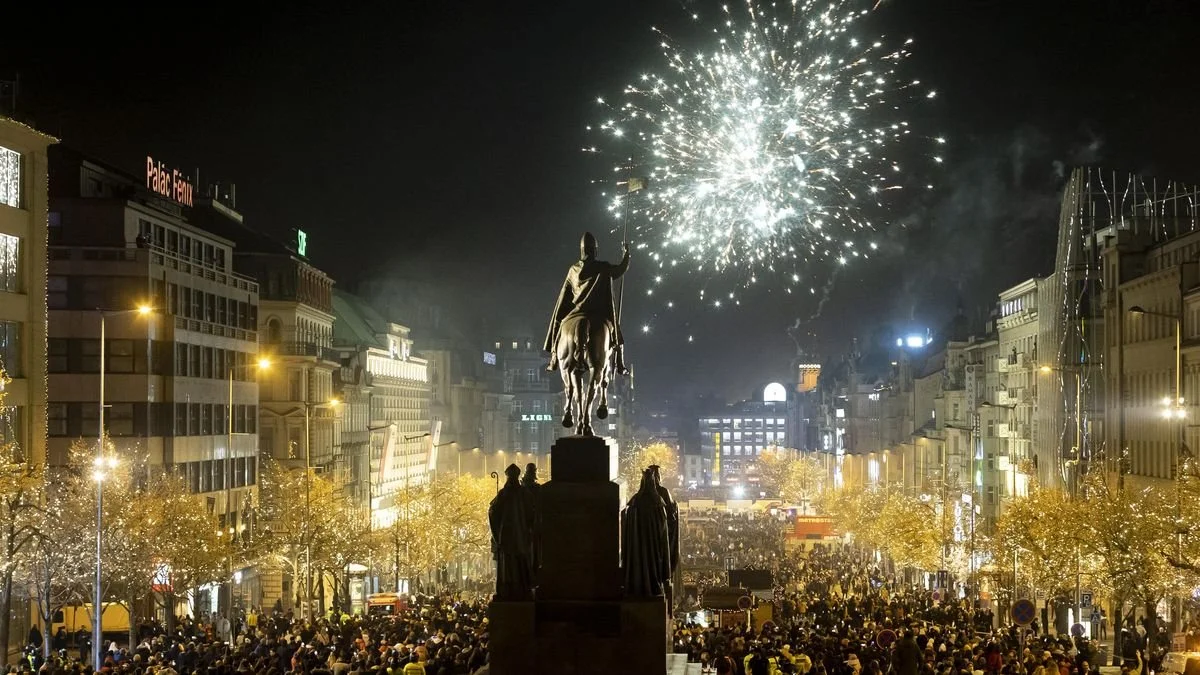January
Czech Traditions in January: A Month of New Beginnings and Festive Customs
New Year’s Eve, known as Silvestr in Czech (after the Pope whose feast day falls on December 31st), is a night of lively celebrations across the country. Unlike Christmas, which is primarily a family holiday, New Year’s Eve is all about parties, fireworks, and feasting with friends. When the clock strikes midnight, people click glasses of Bohemia Sekt, the Czech version of champagne (well, I don’t because it’s truly awful stuff) with the traditional toast of "Šťastný nový rok!" (Happy New Year!). The organized fireworks displays in cities are now a thing of the past, due to concerns for animal welfare, environment, and so on, but that does not stop the general public from buying bags of Chinese imports and turning Prague into a complete inferno, usually starting on December 30th and going all the way through in greater or lower intensity until January 2nd.
Unlike Christmas, there is no set meal for New Year's Eve, but party foods like chlebíčky (open-faced sandwiches) and charcuterie and cheese boards, and an array of other junk food are common. New Year’s Day is a time for rest and reflection. Many people sleep in after the previous night’s celebrations, while others gather with family for a traditional meal of pork, lentils, and sauerkraut. The lentils symbolize wealth and prosperity, ensuring that the new year will be financially stable.
The general saying goes “Jak na nový rok, tak po celý rok”- meaning “As [you find yourself] on the New Year, so [you will be] all year”. I’ve long since stopped going to any big parties and avoid downtown Prague entirely, choosing instead to spend the evening with my closest friends over a sumptuous meal and fine wine, and usually managing to “find myself pretty OK” on January 1st.
On January 6th, Czechs celebrate Three Kings’ Day, marking the official end of the Christmas season. This day commemorates the journey of the three wise men (Kašpar, Melichar, and Baltazar) who followed the star to Bethlehem to bring gifts to baby Jesus. One of the most enduring Czech traditions is the Three Kings’ house blessing. In villages and towns across the country, children or local charity groups dress up as the three kings and go door-to-door singing carols and collecting donations for charity. The kings write a blessing on the doors of houses using blessed chalk, marking them with the letters: “K + M + B” followed by the year (e.g. K + M + B 2025). This stands for the Latin phrase "Christus mansionem benedicat" (May Christ bless this house). Many people leave this inscription on their doors all year as a sign of protection and good fortune. And I could have sworn that it stood for the first letters of the Three Kings’ names!!! In Prague there is a huge procession, with the Three Kings riding proper camels.
A unique Czech tradition that takes place in January is the New Year’s Swim, also known as the Prague Polar Bear Swim. On January 1st, brave individuals—known as otužilci (hardy swimmers)—plunge into the freezing waters of the Vltava River in Prague. This custom is not just for fun; many Czechs believe that cold water swimming strengthens the immune system and promotes health. I believe in warm climates and tropical seas in January (and February, for that matter).





